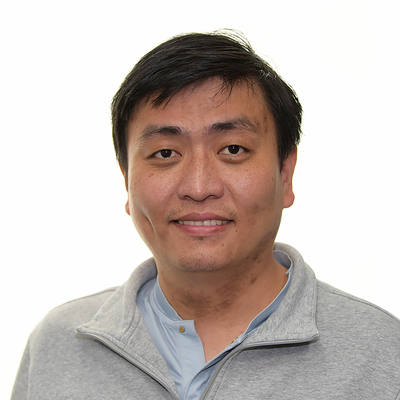
Dr Song Chen
Group Leader
He employs powerful single-cell multi-omics technologies to map the cellular architecture in healthy and diseased brains and reveal the regulation mechanisms that underlie the cell-type distinctions.
Expertise
Song’s expertise is in developing cutting-edge single-cell multi-omics sequencing technologies and bioinformatics tools.
Research Focus
To provide in-depth insights into the molecular architecture of individual cells, their research is focused on:
- Developing single-cell multi-omics sequencing methods to reconstruct cell-type specific epigenomics, transcriptomic, and proteomics landscapes of fetal and adult organs such as the brain.
- Employing CRISPR-based perturbation to delineate the epigenetic regulatory network controlling unique gene expression patterns.
Career
Song carried out his PhD with Dr. Hongkui Deng at Peking University, where he studied cell-fate specification and conversion. Utilizing pluripotent stem cell as an in vitro model, he established methodologies to derive cells of endodermal organs including hepatocytes and pancreatic cells in vitro by mimicking in vivo embryonic development. This has provided new avenues to treat liver or pancreatic-related diseases with cell-replacement therapies.
To gain better and systematic understanding of tissue heterogeneity, Song joined Dr. Kun Zhang’s lab at the University of California, San Diego, to develop novel single-cell sequencing technologies. He and his colleagues developed two parallel high-throughput methods for quantifying nuclear transcripts and measuring DNA accessibility using single nuclei as input. This work allowed, for the first time, the ability to resolve cellular diversity and cell-type specific regulatory programs in defined regions of the human cortex and cerebellum.
In subsequent work, he further developed a high-throughput multi-modal sequencing method called SNARE-seq to integrate both the transcriptome and chromatin accessibility profile in the same cells together, and thereby reconstructing the transcriptome and epigenetic landscapes of the cell types in neonatal and adult mouse cerebral cortices. This has paved the way for the construction of multi-dimensional cell atlases of various human organs under the HuBMAP projects.
My timeline
Appointed Group Leader in the Cellular Genetics programme
Assistant Project Scientist, University of California San Diego, USA
Postdoctoral Fellow, Advisor: Kun Zhang, University of California San Diego, USA
Awarded Ph.D., Cell Biology, Peking University, China
Awarded B.S., Biotechnology, Shanghai Jiao Tong University, China